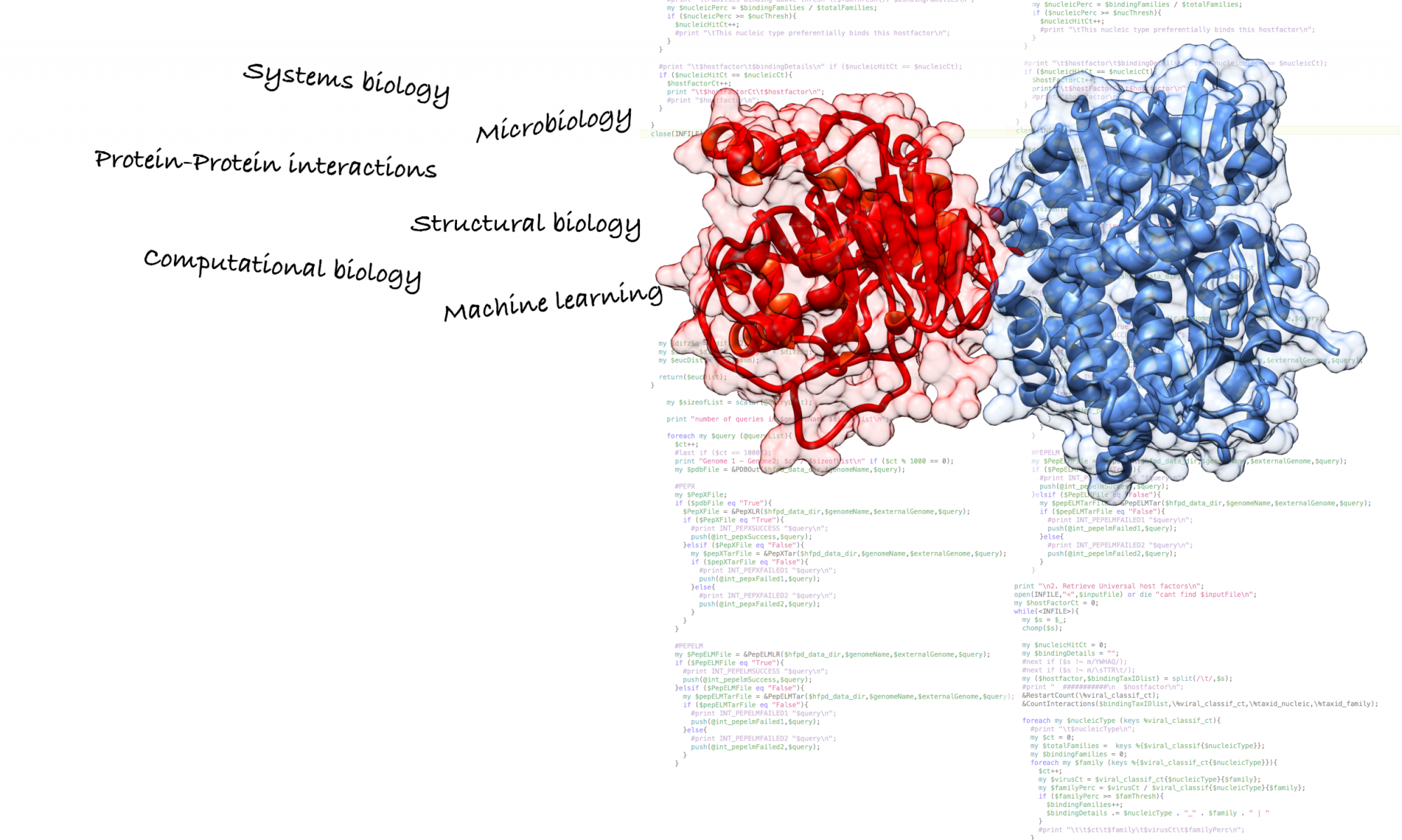In this paper, Russel et al. set up the grounds for the next generation of protein modeling platforms that combine computational modeling with experimental information from various sources. This will permit us to re-assess and refine published structural models as new structural information becomes available and suggest future experiments that validate the refined model in a feed-back loop.
In the integrative modeling platform, models are encoded as a collection of particles. Each particle can be used to create atomic, coarse-grained, or hierarchical representations. Models are then evaluated by a scoring function composed of terms called restraints. Each restraint corresponds to one particular experiment and measures how well a model agrees with the structural information derived from that experiment. The IMP’s scoring function includes restraints for small-angle X-ray scattering (SAXS), mass spectrometry, electron microscopy, nuclear magnetic resonance (NMR), Chemistry at Harvard Macromolecular Mechanics (CHARMM) force field, statistical potentials, alignment with related structures and 5C data.
IMP also integrates different sampling algorithms that will allow users to refine each model so that it fulfils the restraints dictated by the different experimental information. Furthermore, IMP has been implemented so that external users can also develop new restraints, optimization algorithms and analysis methods.
